This is a recording of a recent live teleclass I did with thousands of kids from all over the world. I’ve included it here so you can participate and learn, too!
Discover how to detect magnetic fields, learn about the Earth’s 8 magnetic poles, and uncover the mysterious link between electricity and magnetism that marks one of the biggest discoveries of all science…ever.
Materials:
- Box of paperclips
- Two magnets (make sure one of them ceramic because we’re going to break it)
- Compass
- Hammer
- Nail
- Sandpaper or nail file
- D cell battery
- Rubber band
- Magnet Wire
Optional Materials if you want to make the Magnetic Rocket Ball Launcher:Four ½” (12mm) neodymium magnets
- Nine ½” (12 mm) ball bearings
- Toilet paper tube or paper towel tube
- Ruler with groove down the middle
- Eight strong rubber bands
- Scissors
[am4show have=’p8;p9;p11;p38;p97;’ guest_error=’Guest error message’ user_error=’User error message’ ]
Key Concepts
While the kids are playing with the experiments see if you can get them to notice these important ideas. When they can explain these concepts back to you (in their own words or with demonstrations), you’ll know that they’ve mastered the lesson.
Magnets
- Magnetic fields are created by electrons moving in the same direction. Electrons can have a “left” or “right” spin. If an atom has more electrons spinning in one direction than in the other, that atom has a magnetic field.
- If an object is filled with atoms that have an abundance of electrons spinning in the same direction, and if those atoms are lined up in the same direction, that object will have a magnetic force.
- A field is an area around an electrical, magnetic or gravitational source that will create a force on another electrical, magnetic or gravitational source that comes within the reach of the field.
- In fields, the closer something gets to the source of the field, the stronger the force of the field gets. This is called the inverse square law.
- A magnetic field must come from a north pole of a magnet and go to a south pole of a magnet (or atoms that have turned to the magnetic field.)
- All magnets have two poles. Magnets are called dipolar which means they have two poles. The two poles of a magnet are called north and south poles. The magnetic field comes from a north pole and goes to a south pole. Opposite poles will attract one another. Like poles will repel one another.
- Iron and a few other types of atoms will turn to align themselves with the magnetic field. Over time iron atoms will align themselves with the force of the magnetic field.
- The Earth has a huge magnetic field. The Earth has a weak magnetic force. The magnetic field comes from the moving electrons in the currents of the Earth’s molten core. The Earth has a north and a south magnetic pole which is different from the geographic north and south pole.
- Compasses turn with the force of the magnetic field.
Electromagnetism
- Electricity is moving electrons. Magnetism is caused by moving electrons. Electricity causes magnetism.
- Magnetic fields can cause electricity.
What’s Going On?
The scientific principles we’re going to cover were first discovered by a host of scientists in the 19th century, each working on the ideas from each other, most prominently James Maxwell. This is one of the most exciting areas of science, because it includes one of the most important scientific discoveries of all time: how electricity and magnetism are connected. Before this discovery, people thought of electricity and magnetism as two separate things. When scientists realized that not only were they linked together, but that one causes the other, that’s when the field of physics really took off.
Questions
When you’ve worked through most of the experiments ask your kids these questions and see how they do:
- How many poles do magnets have, and what are they?
- What happens when you bring two like poles together?
- How do I know which pole is which on a magnet?
- Is the magnetic force stronger or weaker the closer a magnet gets to another magnet?
- What kinds of materials are magnets made from?
- Name three objects that stick to a magnet.
- Name three that don’t stick to a magnet.
- What does a compass detect? How do you know when it’s detected it?
Answers:
- How many poles do magnets have, and what are they? Two. North and South poles.
- What happens when you bring two like poles together? They repel each other.
- How do I know which pole is which on a magnet? Put two magnets together and find the spot where they are repelling the strongest. The poles facing each other are the same. Or bring it close to a compass. If the magnet attracts the needle to north, then the magnet’s pole is the south pole.
- Is the magnetic force stronger or weaker the closer a magnet gets to another magnet? Stronger.
- What kinds of materials are magnets made from? Iron, nickel and cobalt.
- Name three objects that stick to a magnet. Paperclips, pipe cleaners, and staples.
- Name three that don’t stick to a magnet. US quarter, glass, plastic.
- What does a compass detect? How do you know when it’s detected it? The direction of a magnetic field. When the needle is deflected, the compass is in a magnetic field.
[/am4show]

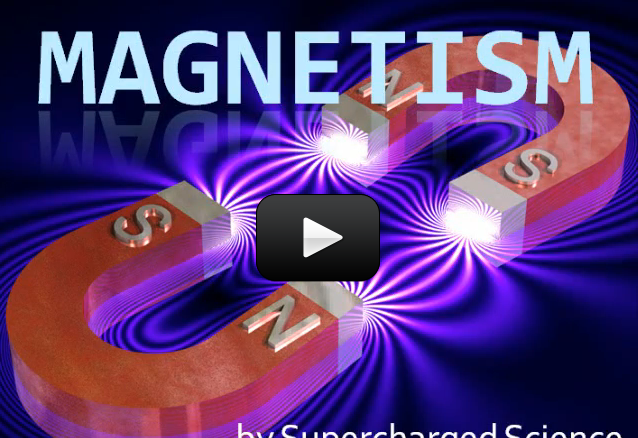

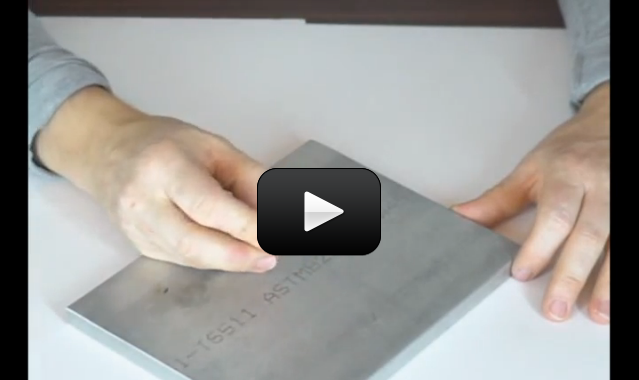
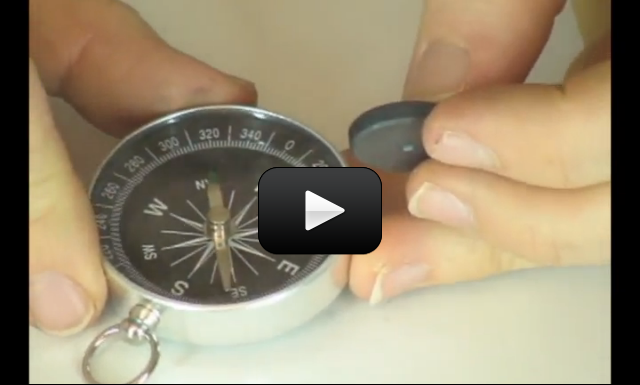
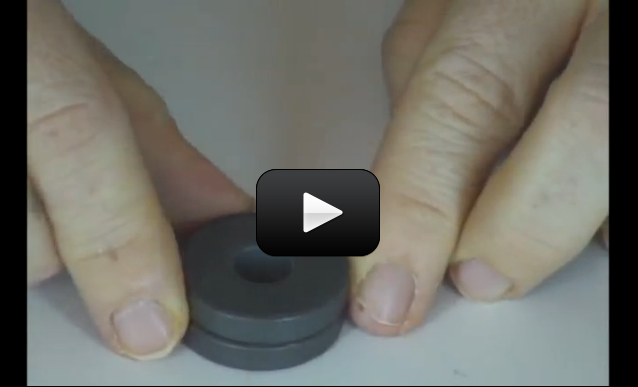


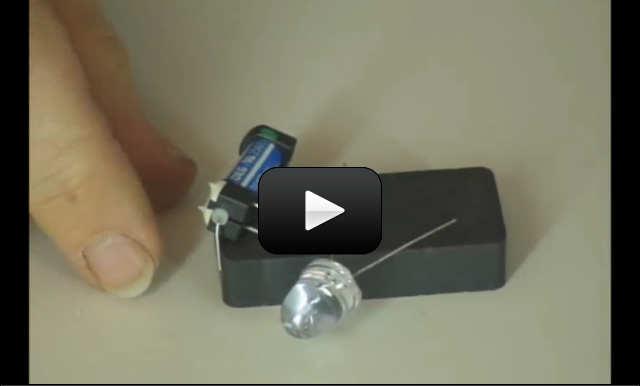
 Wouldn’t it be cool to have an alarm sound each time someone opened your door, lunch box, or secret drawer? It’s easy when you use a reed switch in your circuit! All you need to do it substitute this sensor for the
Wouldn’t it be cool to have an alarm sound each time someone opened your door, lunch box, or secret drawer? It’s easy when you use a reed switch in your circuit! All you need to do it substitute this sensor for the 
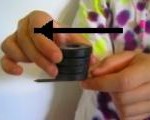
 Let’s play around with the idea of lining up all the mini-magnets inside an object to magnetize it. You’ll need a steel nail (steel is a combination of iron and carbon), a magnet (the stronger the better), and a few paper clips. Here’s what you do:
Let’s play around with the idea of lining up all the mini-magnets inside an object to magnetize it. You’ll need a steel nail (steel is a combination of iron and carbon), a magnet (the stronger the better), and a few paper clips. Here’s what you do: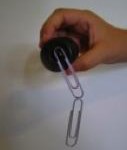 “So, how come I can get a magnet to stick to a refrigerator but not my brother’s head?” Ah, I’m glad to see that you’re experimenting! (You might not want to use your siblings as test subjects though…just a thought.) In a way, you could say that magnets only stick to other magnets. I know you refrigerator is not a magnet but bear with me for a second. Your fridge is made of a metal that has iron in it.
“So, how come I can get a magnet to stick to a refrigerator but not my brother’s head?” Ah, I’m glad to see that you’re experimenting! (You might not want to use your siblings as test subjects though…just a thought.) In a way, you could say that magnets only stick to other magnets. I know you refrigerator is not a magnet but bear with me for a second. Your fridge is made of a metal that has iron in it.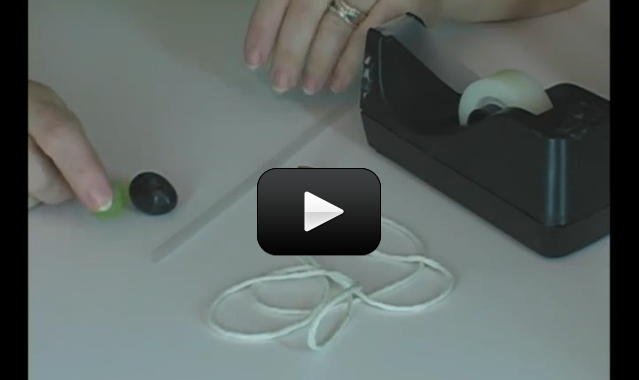
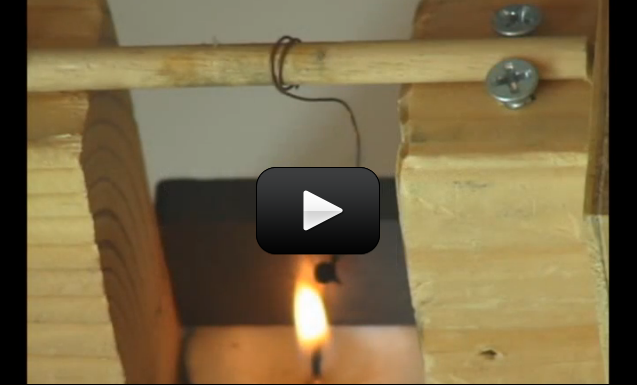
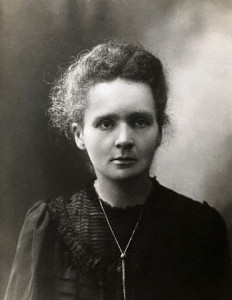
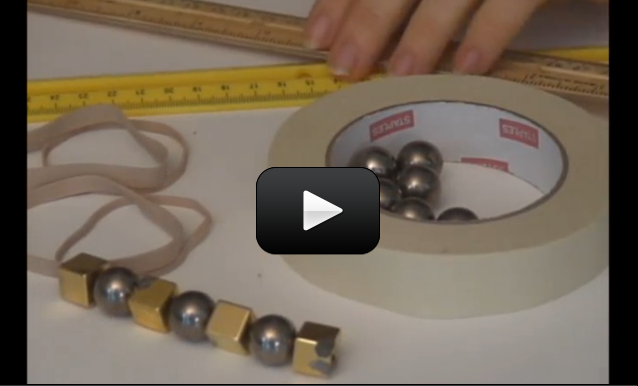
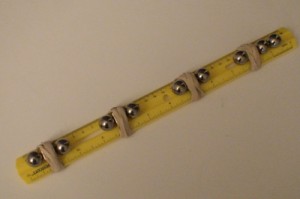 There are two ways to create a magnetic field. First, you can wrap wire around a nail and attach the ends of the wire to a battery to make an electromagnet. When you connect the battery to the wires, current begins to flow, creating a magnetic field. However, the magnets that stick to your fridge are neither moving nor plugged into the electrical outlet – which leads to the second way to make a magnetic field: by rubbing a nail with a magnet to line up the electron spin. You can essential “choreograph” the way an electron spins around the atom to increase the magnetic field of the material. This project is for advanced students.
There are two ways to create a magnetic field. First, you can wrap wire around a nail and attach the ends of the wire to a battery to make an electromagnet. When you connect the battery to the wires, current begins to flow, creating a magnetic field. However, the magnets that stick to your fridge are neither moving nor plugged into the electrical outlet – which leads to the second way to make a magnetic field: by rubbing a nail with a magnet to line up the electron spin. You can essential “choreograph” the way an electron spins around the atom to increase the magnetic field of the material. This project is for advanced students.